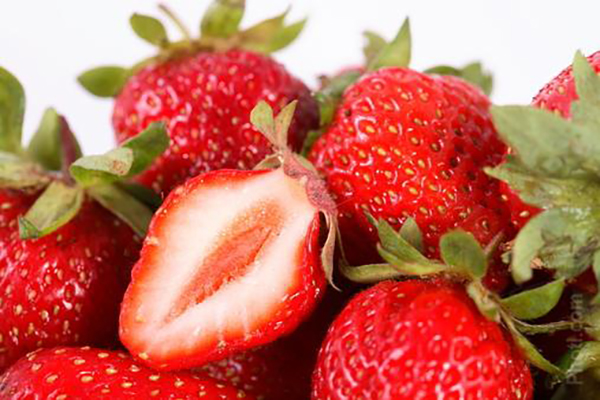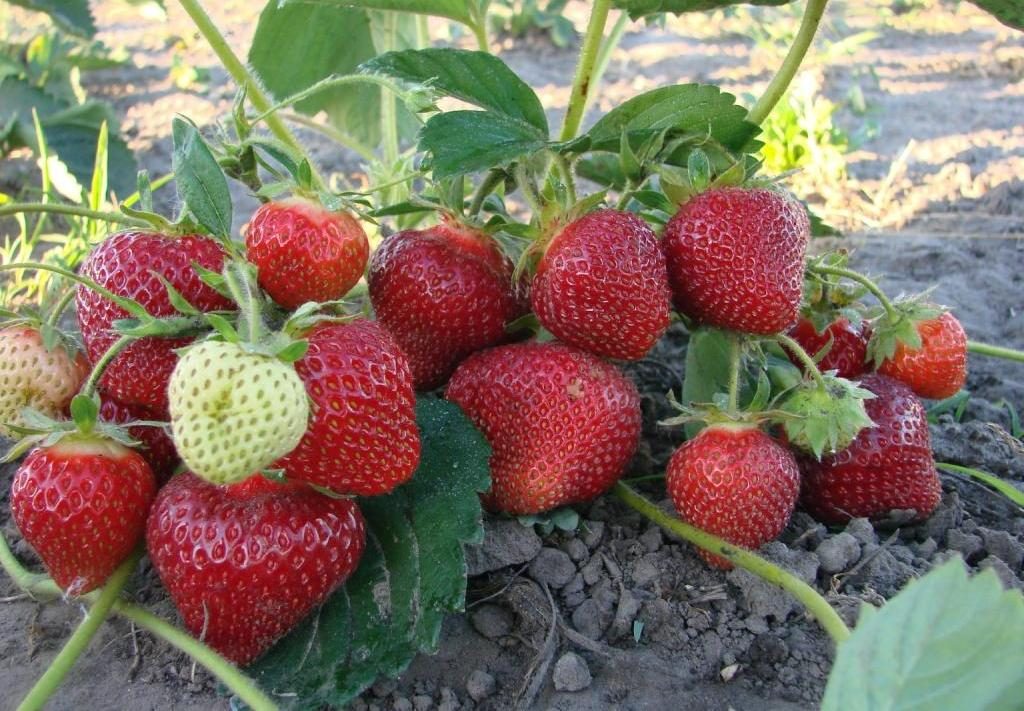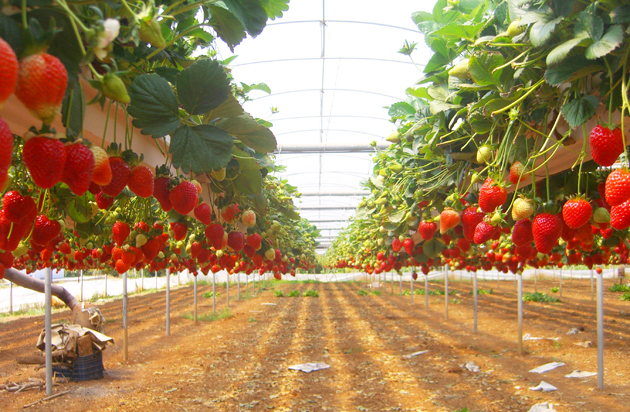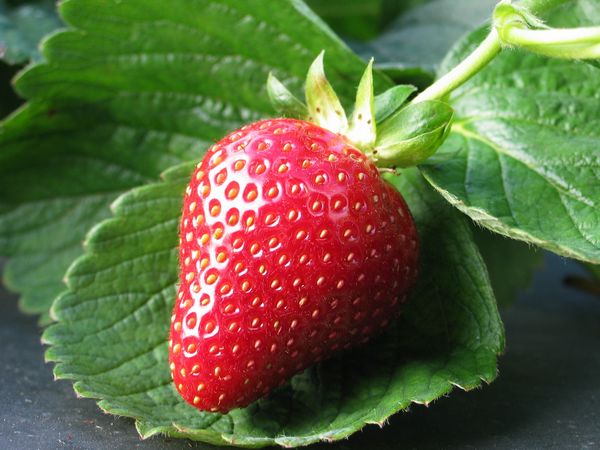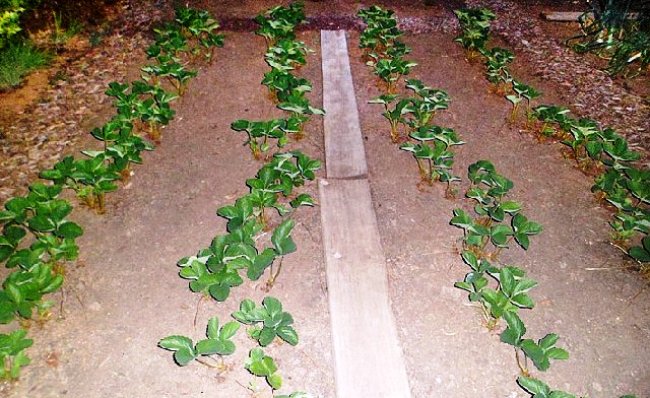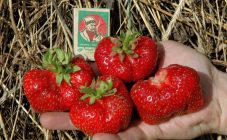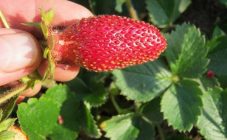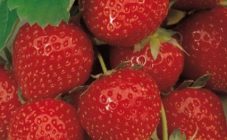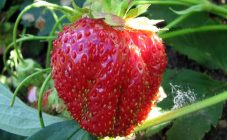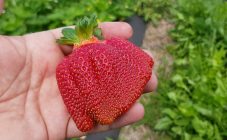Content:
Several decades ago, on the beds with strawberries among summer residents of different regions of our country, it was rare to find high-yielding varieties of garden strawberries or strawberries. Gardeners were picky - they were only interested in harvesting enough sweet and large fruits. But the Russian gardener was not spoiled with new large-fruited and high-yielding varieties of this berry culture.
The situation changed at the beginning of this century, when seedlings of hybrid and common varieties of strawberries began to appear in specialized stores, bred by breeders from around the world (including our specialists). Their main qualities are high yield, large-fruited, early ripening of berries, the ability to grow in open ground and greenhouse conditions, as well as zoning of new varieties for planting on beds in areas such as the middle lane, the Urals and Siberia.
Summer residents were especially fond of remontant varieties of strawberries, which can be harvested from the beginning of summer and almost until the very cold. And indoors, these varietal bushes can bear fruit throughout the year.
One of them is the Albion strawberry variety. Its characteristics, nuances of cultivation, as well as the main advantages of this varietal strawberry will be described below.
General information about culture
The main advantage of remontant strawberries is that during the season it gives several harvests - from three and more, and the last time ripe berries are harvested even in early October (if the weather is warm). Many gardeners grow this type of strawberry in heated greenhouses and harvest large berries throughout the year, both for sale and for their own needs.
Varieties are divided into large-fruited and small-fruited. But in large-fruited species of remontant strawberries, one feature is most often observed: the berries of the first harvest are the largest, and later the berries ripen in a smaller size. Many varieties of remontant strawberries produce an average number of mustaches that take a long time to root, but there are varieties that do not appear at all.
To achieve high yields, remontant strawberries have to be looked after more than ordinary varieties, but the result will satisfy even the most discerning gardener.
Strawberry Albion is a selection of American scientists from California. The variety was officially recognized in 2006, when it was officially patented. The Diamant variety was taken as the basis for the breeding of this strawberry.
According to the variety description given by the originators, this berry crop should be grown in regions with warm climatic conditions. Therefore, it is successfully grown in America, Canada, Italy and many other European countries with a warm climate. In our country, the Albion variety grows well and bears fruit in the southern regions, and in colder regions, gardeners achieve the best yield indicators by growing it in greenhouse conditions.
Strawberry Albion: variety description
Variety bushes - powerful, medium height, foliage - medium size, dark emerald color.Peduncles grow above the leaves, are powerful, do not lie on the soil under the load of ripening fruits. Therefore, the berries do not get dirty, they are easy to pick, and the risk of contracting fungal diseases in these fruits is much less. Peduncles are densely pubescent, the color of small hairs is anthocyanin.
This berry crop belongs to the plants of neutral daylight hours - this means that the variety can grow and bear fruit calmly even with insufficient light for other crops. Therefore, Albion strawberries grow well in greenhouses throughout the year.
Usually these remontant plants give up to 4 harvests per season. However, in colder regions, the last harvest does not always have time to ripen. Therefore, often in the fall, Albion bushes look like albino strawberries with white berries. But in greenhouse conditions, this berry culture can be successfully grown for industrial purposes.
Fruiting begins in Albion the next season after planting. The yield of the variety is impressive - over the summer period, from 500 g to 1.9 kg are harvested from each bush. Moreover, with good care and in warm climates, higher yields can be harvested. Yields peak in August.
The resistance of the variety to frost is below average, therefore, in our country, Albion strawberries are grown in greenhouses, and in the open field the bushes are carefully covered before the onset of frost. Straw or special agrofibre can be used as a covering material. But the resistance to disease in these bushes is different. Strawberries are moderately resistant to late blight, verticillium wilt and anthracnose. This variety has no immunity against brown and white spotting. Therefore, gardeners should regularly spray the aerial part with special preparations for preventive purposes.
On average, the weight of one mature fruit is up to 50 g. The color of the outer part of the fruit is red, and the flesh is pale with a pinkish tint. The fruit begins to ripen from the tip to the base, if the fruit does not have time to ripen, then at the base its color may be white. The shape of the berries is conical. However, oval and heart-shaped berries can often be found on the same bush. If watering was irregular, voids may appear inside the fruit. Ripe berries taste high, fruits are sweet and tasty. Since the pulp is quite dense, the harvested crop can be transported over long distances. Ripe berries can be stored for a long time.
Agrotechnics
Albin's bushes are large in size, and also give a large number of mustaches, so you should not thicken the planting. The minimum distance between plants is 0.6 m, and between rows - at least 0.5 m.
Since at least 3 crops are harvested from one garden bed per season, you should take care of the fertility of the soil before planting seedlings, and also apply fertilizers throughout the season. The main requirements for the soil are its fertility, a neutral level of acidity and the absence of stagnant moisture in the soil.
You can plant strawberries in the spring and autumn. When planting seedlings in the fall, the first harvests can be obtained already next year. After planting, further care consists in regular watering, loosening the soil, removing weeds, applying additional fertilizing and mandatory preventive treatments against brown and gray spot.
Advantages and disadvantages of the variety
The main advantages of the Albion strawberry include:
- fruiting throughout the summer season;
- high productivity;
- excellent taste;
- good presentation;
- the harvested crop perfectly tolerates transportation.
This strawberry also has disadvantages:
- weak resistance to brown and white spot;
- low resistance to frost, therefore, when grown in open ground for the winter, it is required to cover a strawberry plantation.
Despite the shortcomings, the Albion strawberry is already popular with Russian gardeners. Those who already have experience in growing it recommend this variety to their friends and neighbors in horticultural associations, because its taste and yield are beyond praise.
